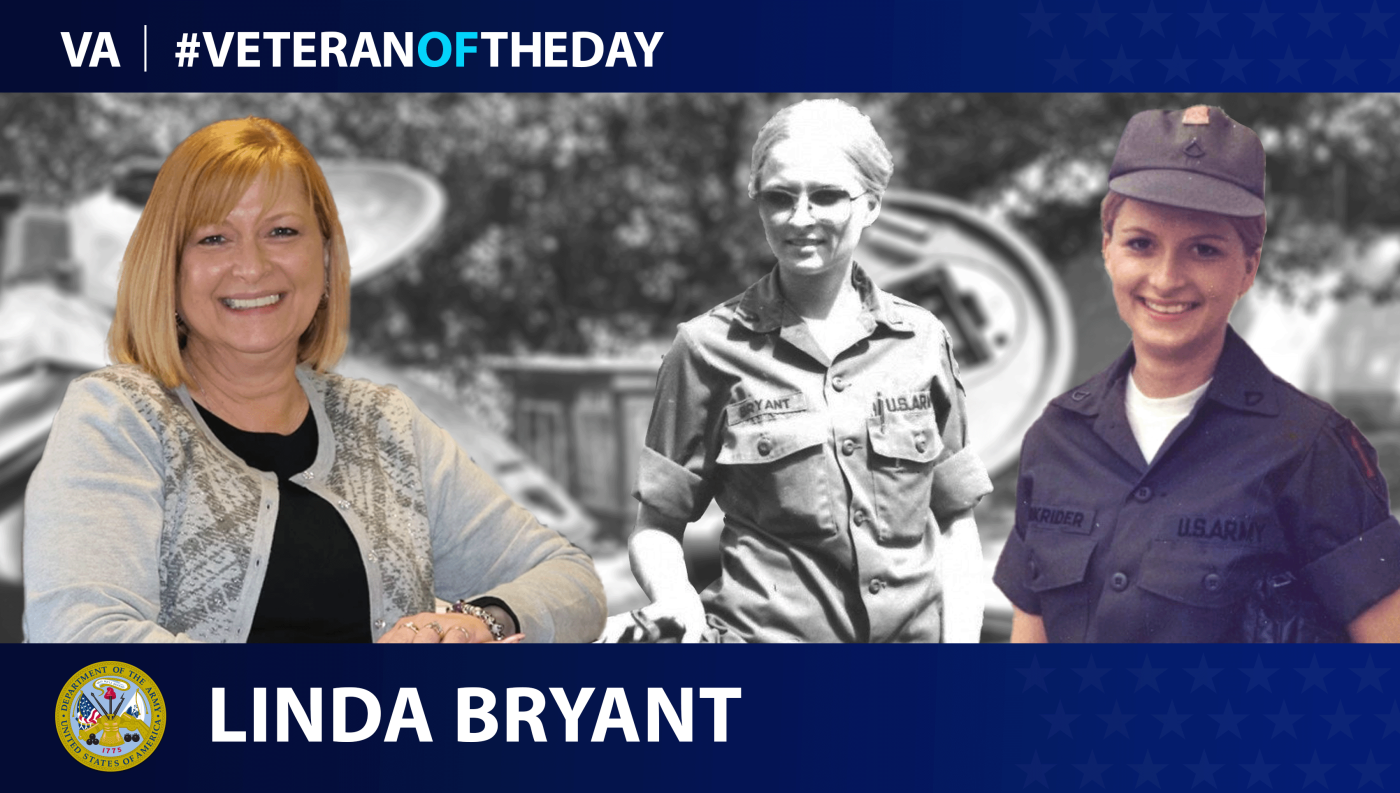In May 1977, Linda Bryant enlisted in the Women’s Army Corps (WAC) as an artillery mechanic in order to escape the small-town farming community of Moultrie, Georgia, where she grew up. Only five years after the Equal Rights Amendment did Bryant considered the Women’s Army Corps (WAC) to be a viable career.
The Women’s Army Auxiliary Corps (WAAC), initially formed as a women’s volunteer opportunity to free up men to join World War II, had become a segregated women’s branch of the U.S. Army. Even though the WAC women only needed to run a quarter of the distance the men ran for physical training when Bryant joined, they had already been transformed from a unit outfitted in skirts and learning cosmetics into one where enlistees wore fatigues and were afforded similar opportunities for title, pay and privileges.
When WAC disbanded in 1978, 17 months after Bryant joined, she became one of the first females to integrate into Army units that had previously been all-male. Having gone through artillery mechanic training at Aberdeen Proving Ground (APG), Maryland, she saw disbanding WAC as necessary for women to move forward and considered integration a natural progression for women advancing into a variety of positions.
Bryant’s first assignment was at Böblingen, Germany, where she trained as a turret mechanic. She focused on doing her part and getting her hands dirty in pursuit of her job even when assigned tasks everybody avoided, such as packing bearings. Hating when women used gender as an excuse, she believed that performing even the most tedious and unpopular jobs was why she came to be more accepted by the men in her unit.
After marrying, Bryant became a re-enlistment NCO in Böblingen. She worked in the logistics directorate in 1989 after moving to APG with her husband. In 2000, she transferred to the Civilian Personnel Advisory Center as a human resources technician. After becoming a labor/management employee relations (L/MER) specialist in 2002, she held an L/MER supervisory position until transferring to United States Army Chemical Materials Activity in 2016, where she worked as a human resources specialist.
Bryant talked about never facing sexual harassment personally but witnessing it during her time in a supervisory position in L/MER. She attributed this to “good old boy” attitudes that she believed were aging out. In what she hoped future generations of soldiers would experience, she said “[b]ecause it’s all they’ve known, young people assume women will hold positions of authority.”
We honor her service.
Nominate a Veteran
Do you want to light up the face of a special Veteran? Have you been wondering how to tell your Veteran they are special to you? VA’s “Honoring Veterans” social media spotlight is an opportunity to highlight your Veteran and his/her service.
It’s easy to nominate a Veteran. Visit our blog post about nominating to learn how to create the best submission
Writer: Michelle A. Shade
Editors: Ethan Oleson, Tayler Rairigh
Graphic Designer: Lindsey Gentil
Topics in this story
More Stories
This month's Center for Women Veterans Book Corner author is Navy Veteran Kimberly Henry, who served as a Cryptologic Technician and Sexual Assault Victim Advocate from 2009-2019. She created "Warrior's Path to Healing: A 12-Week Empowerment Journal for Women Veterans."
This week’s Honoring Veterans Spotlight honors the service of Army Veteran David Bellavia, who received a Medal of Honor from the Iraq War’s deadliest operation, the Second Battle of Fallujah.
This week’s Honoring Veterans Spotlight honors the service of Army Veteran Scotty Hasting, who served in Afghanistan.







How many awesome veterans will never get a “Veteran of the day mention”? Employee of the month? Year? All these kinds of programs do is tell the other 99% that you’re not worthy enough. Unless it’s a heroic deed we’re celebrating then this needs to stop.